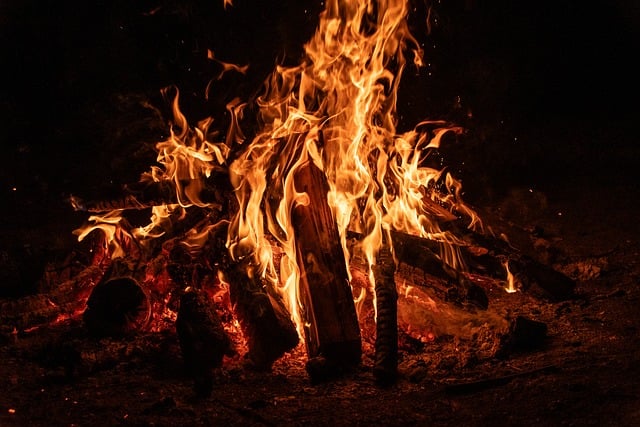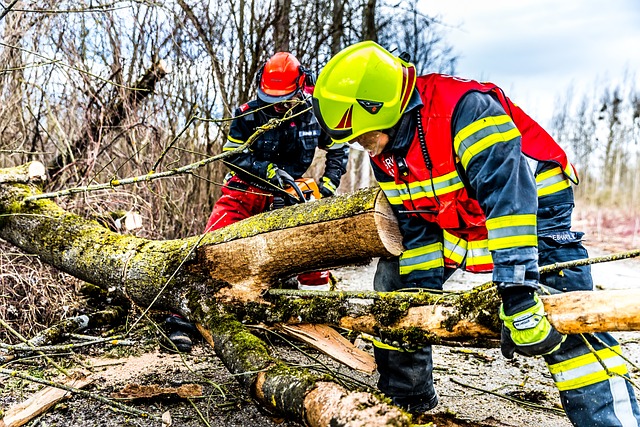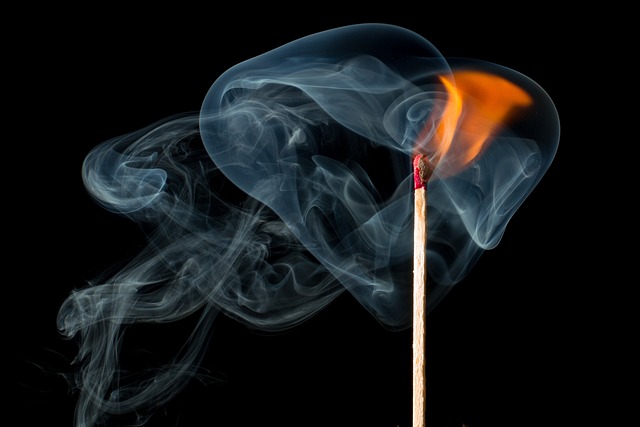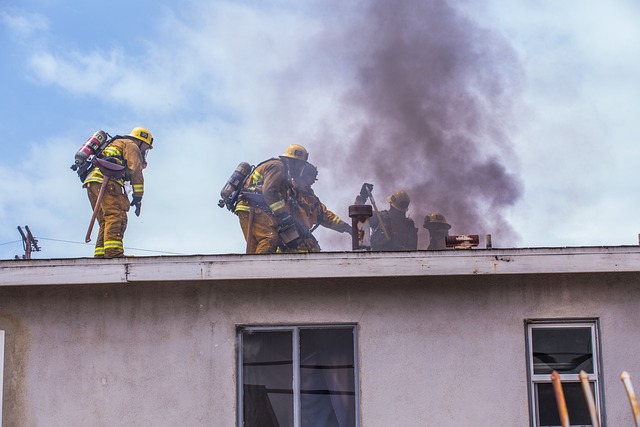Selling a house with fire damage in California requires a thorough understanding of smoke damage assessment and restoration processes. Professional evaluation is essential to identify not just visible repairs but also microscopic air quality issues, navigating legal regulations, and addressing buyer perceptions. This guide outlines steps for assessing exterior and interior damage, detecting odors, using specialized tools, documenting findings, managing insurance claims, and executing strategic remediation plans to maximize property value in the competitive California market.
“After a fire, assessing smoke damage is crucial for Californians looking to sell their homes. This comprehensive guide, ‘Understanding Smoke Damage Assessment: A Comprehensive Guide,’ navigates the legal and safety considerations unique to fire-affected properties in California. We explore the impact of smoke on property value and buyer perception, offering insights into effective remediation strategies. From conducting thorough inspections to documenting evidence for insurance claims, this article equips homeowners with essential steps to restore their homes and maximize resale potential.”
- Understanding Smoke Damage Assessment: A Comprehensive Guide
- Fire Damage in California Homes: Legal and Safety Considerations
- The Impact of Smoke on Property Value and Buyer Perception
- Step-by-Step Process for Conducting a Smoke Damage Inspection
- Documenting and Presenting Evidence for Insurance Claims
- Restoring Your Home: Strategies for Effective Remediation After Fire Damage
Understanding Smoke Damage Assessment: A Comprehensive Guide

Smoke damage assessment is crucial for homeowners looking to sell their property in California, especially after a fire. It goes beyond superficial repairs; it’s a meticulous process that determines the extent of restoration needed. This comprehensive guide delves into understanding smoke damage, its various forms, and why professional evaluation is vital.
When fire damages a house, smoke infiltrates every nook and cranny, leaving behind visible and invisible residue. This can include odors, soot, charring, and even microscopic particles that affect air quality. A thorough assessment involves inspecting structural elements, furniture, and personal belongings to identify smoke stains, odours, and potential health risks. It’s not just about fixing walls; it’s about ensuring a safe and healthy living environment, which is essential for attracting buyers in the competitive California real estate market.
Fire Damage in California Homes: Legal and Safety Considerations
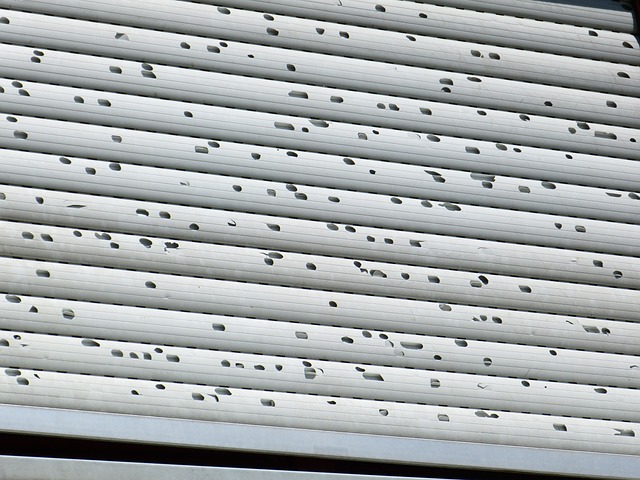
Fire damage can significantly impact homes in California, leading to complex legal and safety considerations for both homeowners and potential buyers. When a house suffers from fire damage, it’s crucial to understand that not only does the physical structure require repair, but there are also strict regulations and guidelines to follow to ensure resident safety and property value preservation.
For those looking to sell a house with fire damage in California, understanding these legal requirements is essential. The state has stringent building codes and safety standards, especially after a fire incident. Homeowners must obtain necessary permits and inspections to prove that the repairs meet these standards before putting their property on the market. This process involves comprehensive assessments by certified professionals who evaluate structural integrity, electrical systems, plumbing, and air quality to ensure the home is safe for occupancy.
The Impact of Smoke on Property Value and Buyer Perception
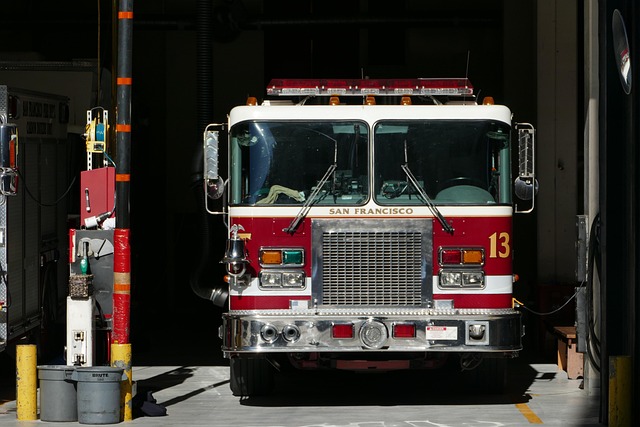
Smoke damage can significantly impact a property’s value and buyer perception, especially in highly competitive markets like California. When a home has suffered smoke infiltration, it’s crucial to understand that potential buyers often associate such damages with hidden issues, even if the fire was contained and extinguished promptly. The visible remnants of smoke—from discolored walls and ceilings to musty odors—can create a negative impression, causing buyers to question the structural integrity and overall livability of the property.
In California’s real estate market, where buyers have a wide range of options, addressing smoke damage proactively is essential for selling. Homeowners should consider thorough cleaning, repainting, and, if necessary, professional restoration services to mitigate these effects. By taking these steps, sellers can enhance the property’s appeal, potentially increasing its value and attracting more interested buyers, thus facilitating a smoother sale process in what can be a competitive California housing market.
Step-by-Step Process for Conducting a Smoke Damage Inspection
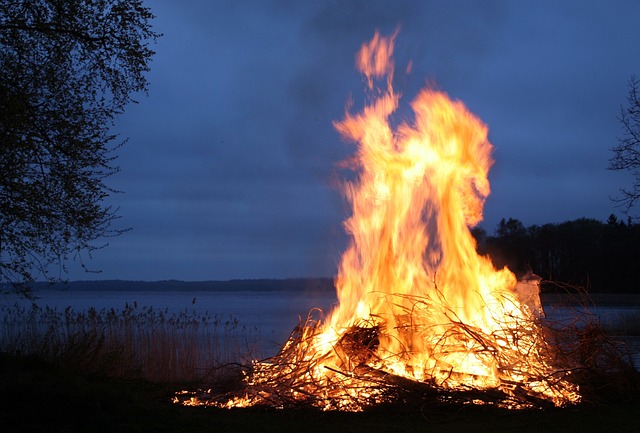
Conducting a comprehensive smoke damage inspection is crucial for accurately assessing the extent of fire damage in a property, especially when considering how to sell a house with fire damage California. Here’s a step-by-step guide for professionals and homeowners alike:
1. Visual Assessment: Begin by carefully examining the exterior of the property. Look for signs of smoke, soot, or water damage. Check windows, doors, walls, and any visible surfaces for discoloration or residue. This initial observation can provide valuable clues about the extent of the fire’s impact.
2. Entry Points and Extent: Once inside, identify potential entry points where smoke and fire could have penetrated. Inspect every room, paying close attention to hidden areas like attics, crawl spaces, and under floors. Look for signs of soot on ceilings, walls, and vents. Assess the overall extent of damage, noting discolored or charred surfaces, damaged insulation, and any structural compromises caused by smoke and heat.
3. Odor Detection: Smoke and fire leave distinct odors. Use your senses to detect any lingering smells of ash, burning, or chemical fumes. These odors can indicate hidden areas that require further investigation.
4. Use of Tools: Employ specialized equipment like moisture meters, thermal imaging cameras, and dust probes to identify water damage, heat sources, and contaminated air quality. These tools help pinpoint problem areas that may not be apparent during a visual inspection.
5. Documentation: Thoroughly document the entire process, taking detailed photos and notes. Record all findings, including damage types, locations, and severity. This documentation is essential for insurance claims, repairs, and selling the property, especially when communicating with potential buyers who might seek reassurance regarding fire damage history in California.
Documenting and Presenting Evidence for Insurance Claims

When it comes to selling a house with fire damage in California, documenting and presenting evidence is crucial for successful insurance claims. The first step involves taking detailed photos of the affected areas, noting the extent of the smoke damage, and recording any visible signs of fire or water restoration efforts. This visual evidence serves as a comprehensive record, aiding both the policyholder and insurer in assessing the scope of repairs required.
Additionally, it’s essential to keep records of all communication with insurance providers, including written correspondence and email exchanges. Collecting receipts for temporary repairs, cleaning services, and other related expenses is equally vital. Presenting this organized documentation can streamline the claims process, ensuring a smoother transition towards rebuilding or renovating your California property.
Restoring Your Home: Strategies for Effective Remediation After Fire Damage
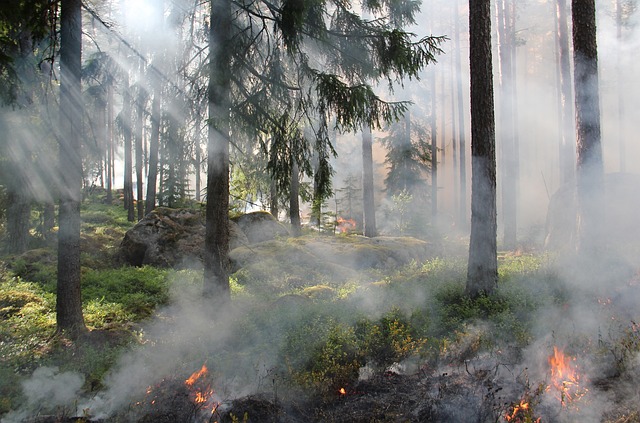
After a fire, restoring your home in California involves strategic remediation steps to ensure safety and maximize property value. The first step is conducting a thorough smoke damage assessment by professional restorers who can identify hidden risks like lingering fumes and structural contaminants. This critical phase prevents further damage and ensures a healthy living environment.
Next, create a detailed plan addressing every affected area, from structural repairs to deodorization and replacement of valuable possessions. For homeowners considering selling post-fire, a well-executed remediation strategy is key to attracting buyers. A professionally restored home showcases effective mitigation, boosting its market appeal and potentially securing a higher sale price in the California real estate market.
Smoke damage can significantly impact a home’s value and buyer perception, especially in California. Understanding the assessment process is crucial for both homeowners and real estate agents looking to sell properties affected by fires. By following a comprehensive step-by-step inspection guide, documenting evidence, and employing effective restoration strategies, you can navigate the legal and safety considerations while enhancing your home’s appeal for potential buyers. These steps are vital for successfully selling a house with fire damage in California.

